How to distinguish Omnichannel Marketing vs Multichannel Marketing?
Omnichannel is a marketing buzz word that has been used for over several years, but it often gets confused with multi-channel when it comes to retail. Some retailers are now multi-channel, distributing their goods over more than one channel. Very few, however, are really omnichannel.
The important aspect of understanding omnichannel vs. multichannel approach is which one suits your company better. On average, 89% of customers are retained by businesses with omnichannel customer engagement strategies. Knowing the main difference between a multichannel and an omnichannel approach will help you gain deeper insights or behavioral data into your customer’s purchasing journey.
What is multichannel marketing?
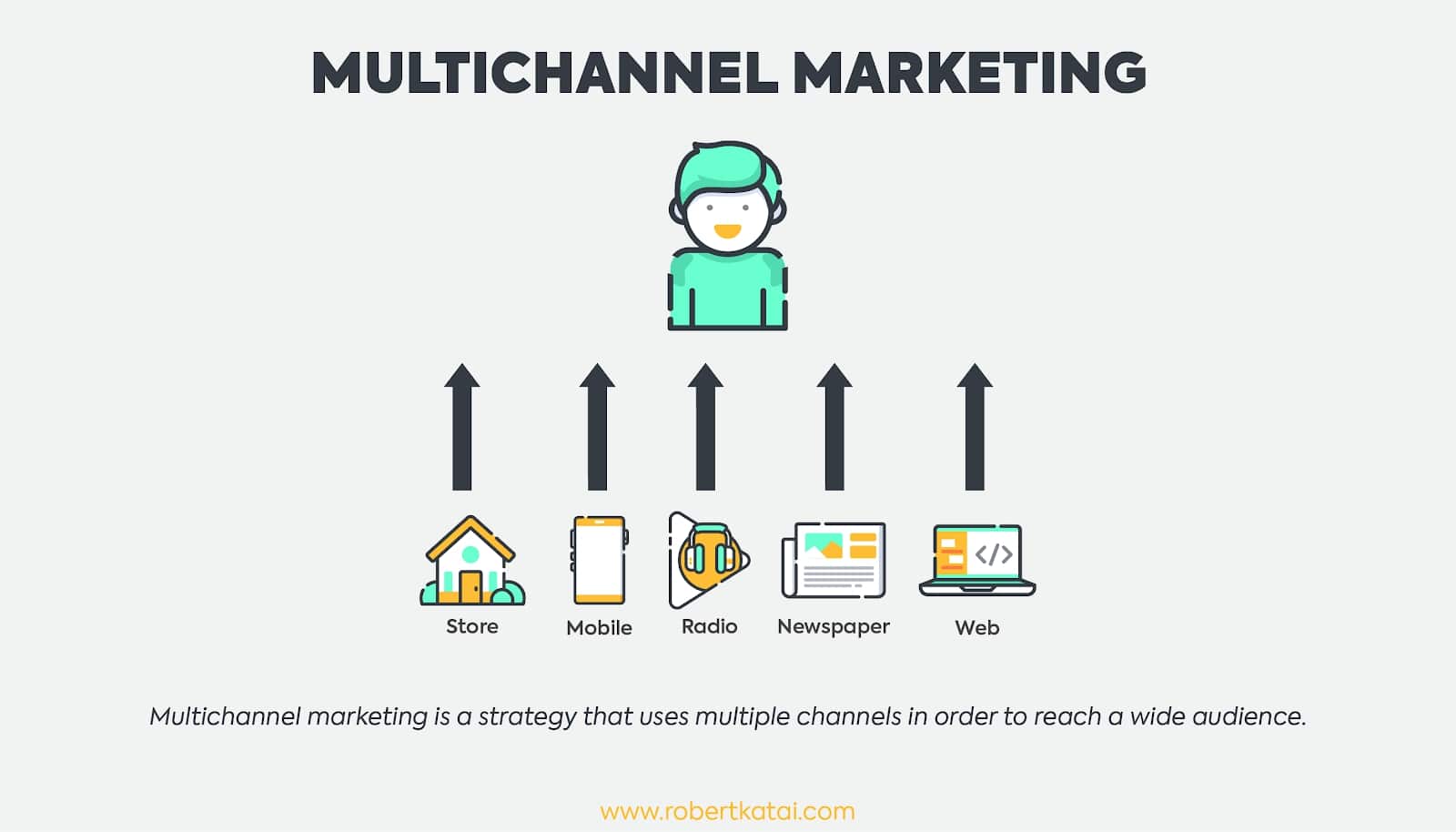
Multichannel marketing refers to a technique of consumer engagement that incorporates both indirect and direct marketing platforms such as websites, retail stores, catalogues, email, telephone, etc. The aim is to inspire consumers to take action in response by using their preferred channels.
Deployment of multiple channels empowers consumers to select a convenient channel to communicate with a brand. It strengthens brand presence making it easier for consumers to reach out to the brand when they need support.
What is omnichannel marketing?
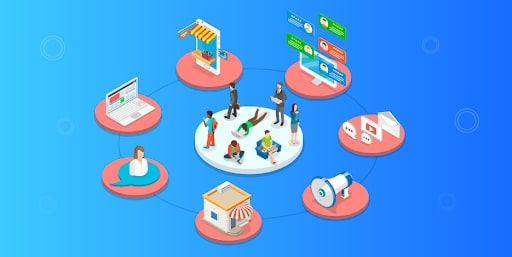
Omnichannel approach streamlines all communications on a single forum across all platforms such as website, social media, email, phone, etc. and helps to gain a deeper understanding of consumer behavior by mapping their path to providing reliable customer service.
Omnichannel means a seamless engagement through every consumer contact point on their purchasing journey from pre-sales to after-sales and everything else in between. It’s all about delivering a personalized and consistent customer experience.
However, both multichannel and omnichannel include reaching out to consumers in several ways, understanding the main differences between multichannel and omnichannel approaches helps you make the right decision.
Read more:
Multi-channel vs omnichannel marketing: What’s the difference?
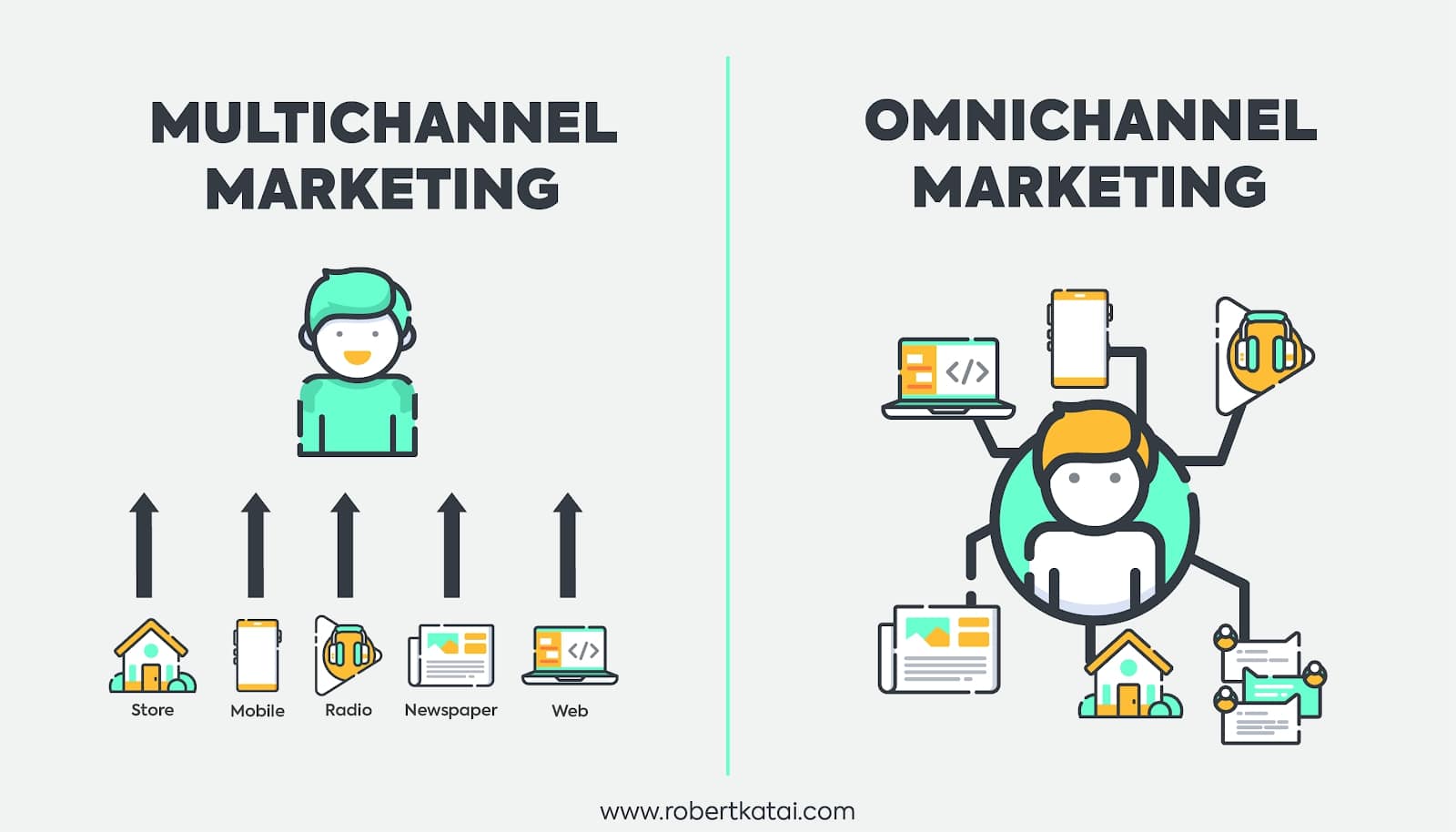
Choosing any of the methods depends on your business industry, business size and audience. Understanding the multichannel omnichannel distinction helps you connect all touchpoints to provide a seamless customer experience.
Here are the key differences between omnichannel vs multichannel marketing approaches that you need to know.
Channels vs. Customers
Omnichannel Customer Service is a holistic approach that integrates all channels to engage consumers to ensure consistent brand experience across all channels. It aims to build a better business-customer relationship.
Whereas the goal of the multichannel strategy is to allow consumers to access the brand across a maximum number of channels. It takes two or more channels to engage consumers, and the most common are social media & email.
Uniformity vs. Engagement
The omnichannel approach ensures that consumers are pleased with the cohesive communications experience of and channel. Consistent brand experience strengthens the brand’s loyalty and partnership. Being an omnichannel needs to make sure that all the internal departments are in line with brand messaging. It helps to maintain a coherent commitment across all networks to make the plan a success. However, customer engagement is separated in the multichannel approach.
Personalization
The omnichannel marketing strategy gathers and analyzes consumer data in order to identify their pain points, which takes more effort to provide hyper-personalized experience. While the multichannel approach conveys a brand message and allows consumers to use a call to action (CTA). In an omnichannel approach, you put extra effort into knowing consumer journeys to best serve them with customized solutions.
Effort vs. Unified
The goal of Omnichannel marketing is to promote effortless support or purchase experience for your customers. It uses analytics to gain insights to engage consumers quickly. It doesn’t happen with a multichannel approach.
The significant difference between multichannel and omnichannel is that the latter integrates the touchpoints so that, whatever buying path the consumer decides to take, the experience you provide is consistent and unified.
Multi-channel vs omnichannel retailing: What’s the difference?
The omnichannel retail strategy design customer experience with the combination of all the distribution and marketing platforms from eCommerce, in-store and mobile applications to social media, email and loyalty marketing. Multichannel retailing enables consumers to buy products and services in several ways but without the connection between those channels. 87% of retailers believe that an omnichannel approach is vital or very important to their success.
The omnichannel retail approach offers a seamless consumer experience. All of the ways a buyer communicates with an online, in-store, mobile app, their user experience (UX) are connected. Multichannel retailing is not providing an omnichannel experience.
In order to build such experience, your distribution platforms, payment methods, and other facets of your business must be linked so that no matter how your purchaser interacts with your company, they are seamless. Omnichannel retail is also called customer-centric.
How does multichannel marketing work?
Here’s an example from online mattress seller Leesa that will help you understand how a multichannel approach works:
Channel 1: The website
New visitors without existing accounts are served two pop-ups. First, a welcome message that offers a $100-off deal with a subtle seasonal theme:
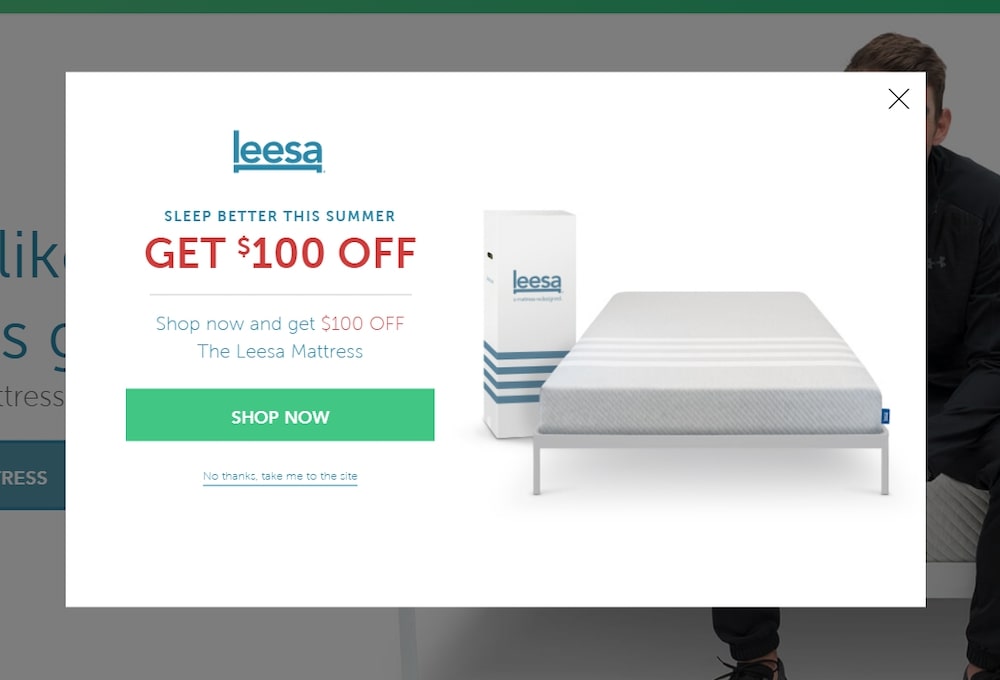
Ignoring the discount deal and searching the web would result in a second overlay. In this case, let’s assume that the consumer chooses a mattress, adds it to their shopping cart, but leaves it before buying. Before bouncing, the user sees a “$100 off” CTA pop up, followed by an email opt-in that gives Leesa permission to target the buyer with ads later:

Users who subscribe will receive a series of emails that is aimed at converting first-time buyers.
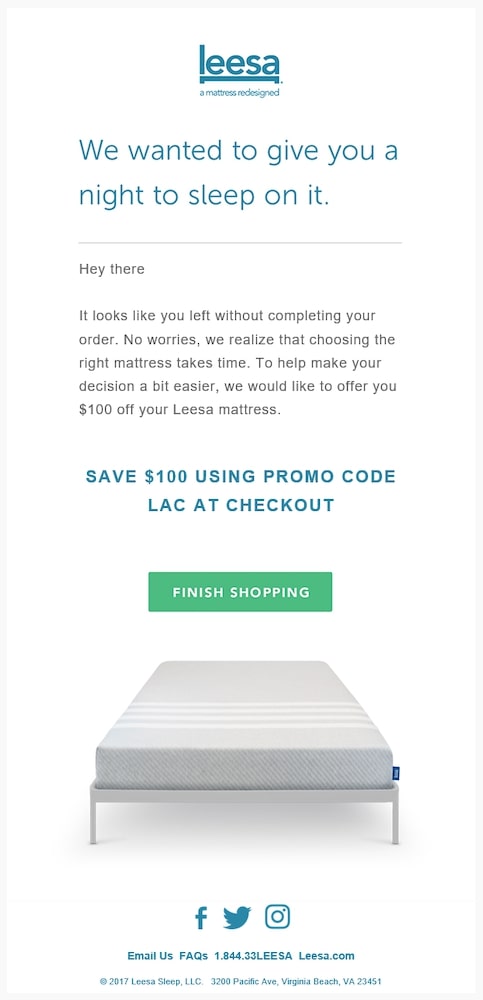
When clicking the “Finish Shopping” option, the user is taken back to the cart they abandoned before with the $100-off offer automatically applied:
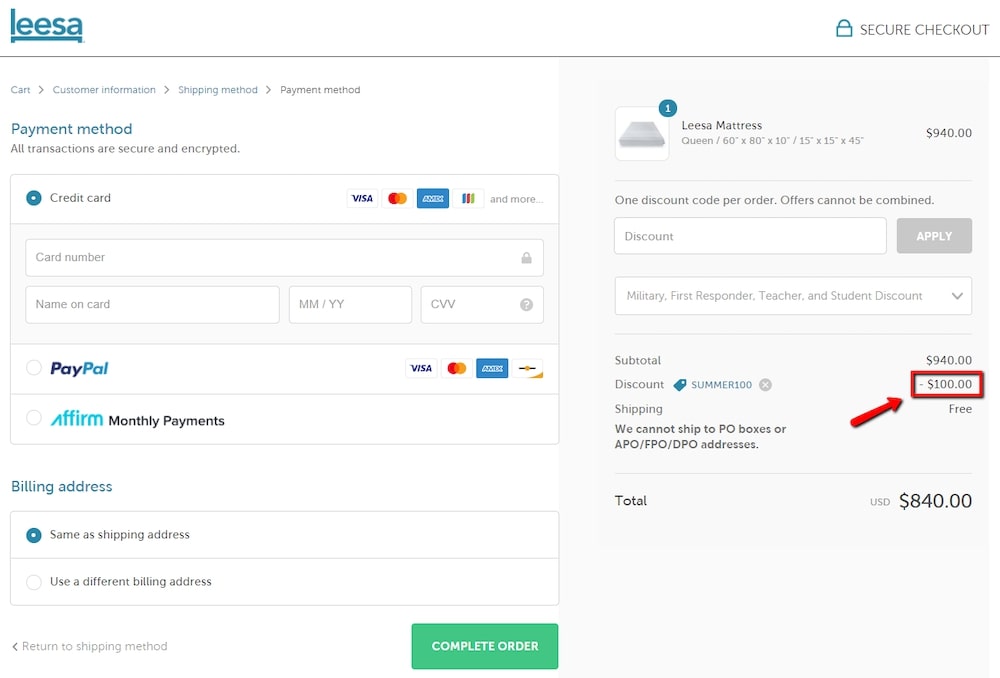
Email and on-site store operate together making the two feel like a single channel.
Channel 2: Marketplaces
Amazon is another channel where Leesa sells its products. If a shopper abandons cart on Leesa’s site to find out if they can find a cheaper product on Amazon, Leesa will stay top-of-mind with its Amazon sponsored search result:
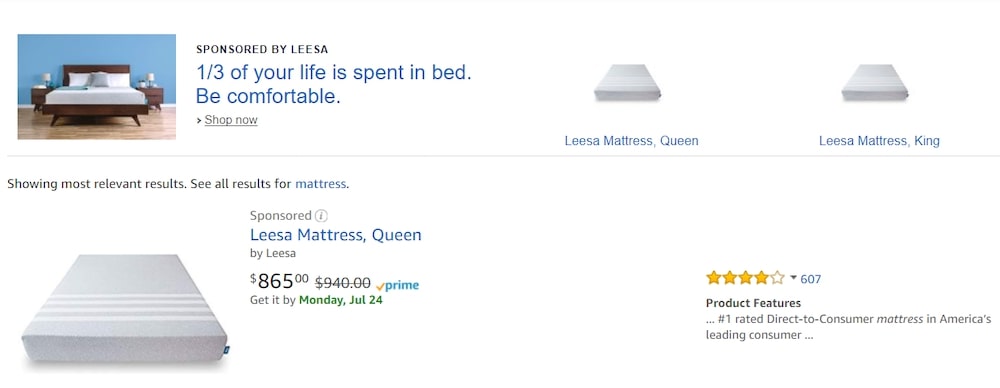
It’s not enough just to market products. The secret to multichannel is to provide opportunities for native exchange across channels. It is for this reason that Leesa provides the same comprehensive online experience on Amazon as it does on-site, complete with a product video, social evidence, and a detailed description of its unique value proposition:

Channel 3: Facebook
A buyer who still hasn’t finished their checkout and browses Facebook will see the mattress they abandoned in their cart, as well as additional retargeting ads on their feed:

Leesa’s Facebook ads drive buyers to its site to finish the purchase.
Channel 4: Pinterest
Leesa might also sell its products natively on Pinterest listings through a Buyable Pin:

Each of these channels combined in a multichannel strategy serves as a separate opportunity to encourage shoppers to buy.
How does omnichannel marketing work?
If Leesa’s multichannel approach was made to become omnichannel, the omnichannel marketing and retail approach would look like this:
- A buyer goes through the onsite buying process, adds a mattress to their cart, but quotes without making the purchase.
- The first email they receive provides the “$100 off” deal, but it gets ignored.
- At the same time, they’re shown a series of ads for the same mattress and “$100 off” discount on Facebook, Pinterest, Instagram, and YouTube, over a week (to make them aren’t annoyed).
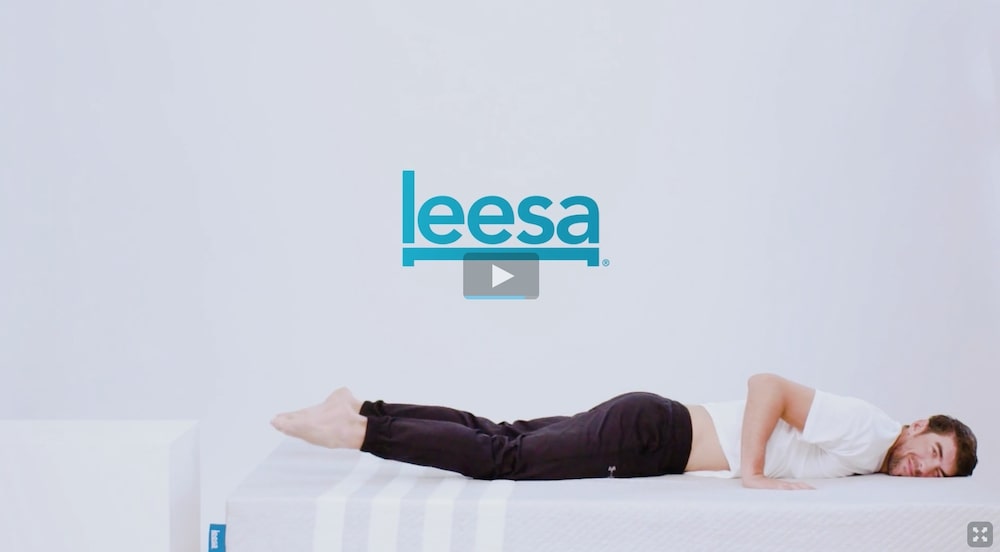
- After a week of non-engagement from the customer, Leesa changes its approach and shows ads highlighting its social responsibility efforts with a call-to-action (CTA) to encourage the customer to check out its Giving Back presentation.

- A pre-roll YouTube ad emphasizing Leesa’s support of the Phoenix, Arizona Dream Center, a non-profit organization helping reunite families, finally gets the customer to engage.

- The customer goes back to Leesa, watches another video, and checks out the king mattress product page rather than of the queen.
- Next up, a new round of Facebook ads showing up, along with an email with two updates — a king mattress is featured now and the deal rises to “$150 off.”
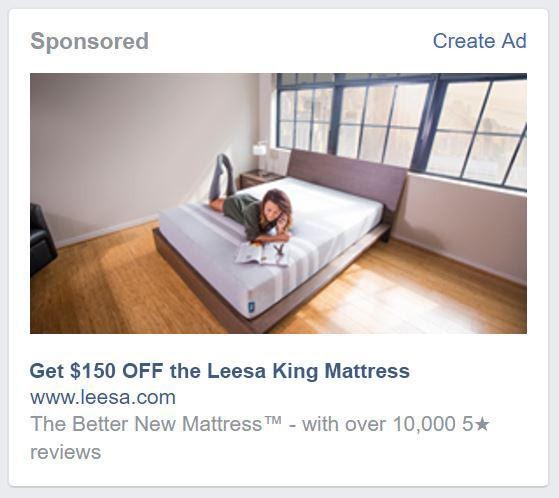
- The customer clicks on the Facebook ad, fills out their delivery information, but decides that a mattress needs to be felt and touched before purchase, so they abandon the cart again.
- Leesa expects this objection and detects that the customer’s address is close to its NYC showroom.
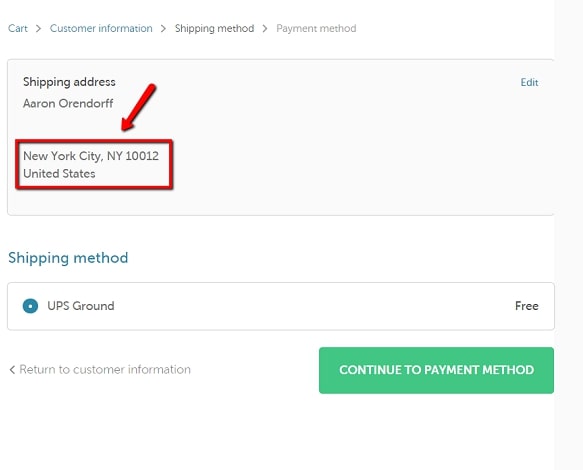
- Two days later, the customer receives a personalized invitation in their home mailbox to visit and test the king mattress for themselves at Lessa’s showroom The Leesa Dream Gallery.

- The customer accepts the invitation. They stop by the showroom and experience the product. They purchase the mattress and use Leesa’s POS system at checkout which automatically updates their website account.
- When the customer checks their email, there’s a “Thank You” email waiting for them. Also, a week later, another email lands in their mailbox asking him/her to give and review for the mattress.
- Both emails are skipped. As Leesa sees social proof as a valuable asset, the customer receives a Facebook Messenger invitation to give a review.
- The customer accepts and gives Leesa a 5 out of 5 stars via Facebook.
- Based on the customer’s satisfaction with their new mattress, Leesa sends both a physical mailer and a Messenger message in the following week introducing their “Refer a Friend” program.
- At this point, all of the Facebook, Instagram, Pinterest, and YouTube mattress ads have halted.
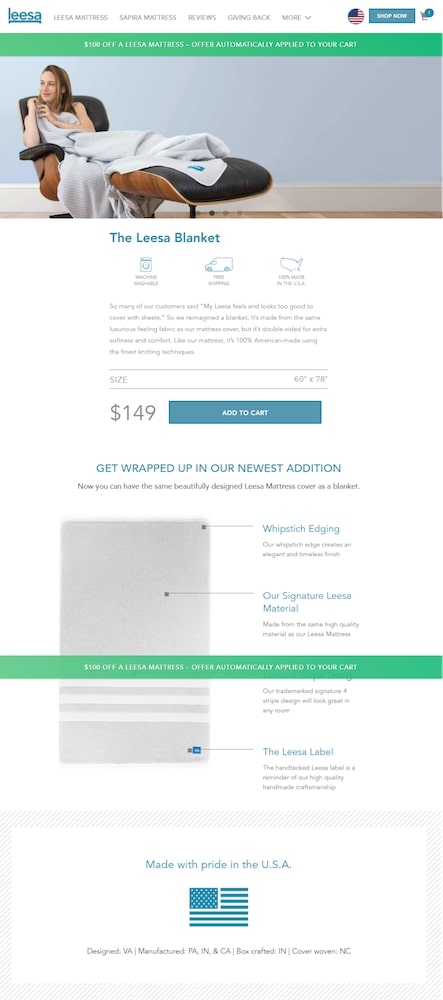
When it comes to using an omni-channel strategy, customer behavior dictates what the next tactic used is. Each interaction from the customer changes the experience. The brand’s behavior isn’t random either. It’s programmed with customer behavior in mind.
How to make a shift towards omnichannel marketing?
The Harvard Business Review discovered that consumers of omnichannel brands are more valuable on many counts. If you’ve made up your mind between omnichannel and multichannel, you need to consider a good move from one approach to the other. Here are four great ways to get an omnichannel strategy to work for your company.
Be data-driven
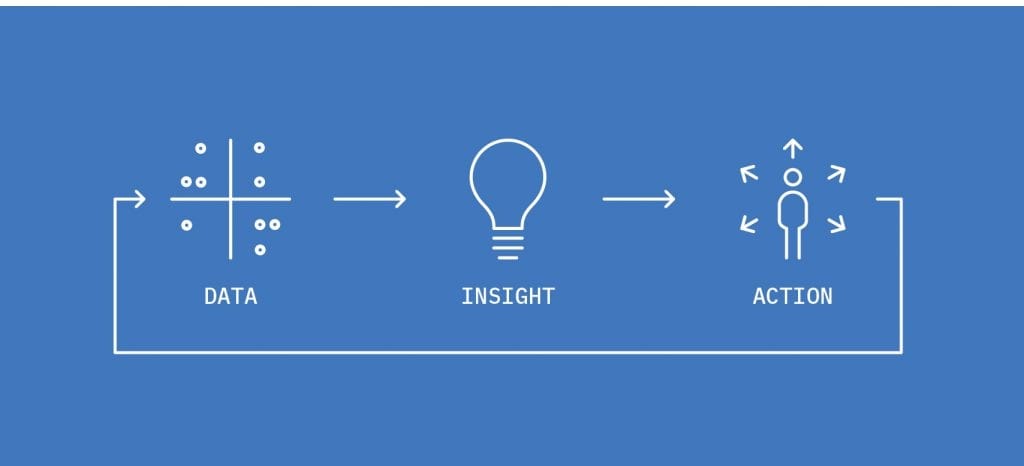
Having consumer behavioral insights is a must for omnichannel performance. Customer experiences need to be evaluated across digital and physical platforms in order to provide personalized experiences. Switching to an omnichannel approach allows you to gain an in-depth insight into consumer experiences.
Analytics allows marketers to reach consumers with the right message that suits their needs. When you target customers based on data, their conversion rates will be higher.
The main advantages of data are as follows:
- Identifying consumer expectations – a clearer understanding of customer requirements that, in turn, creates stronger business relationships.
- Recognizing opportunities – offers the opportunity to make faster business decisions backed up with reliable information.
- Measure Customer Satisfaction – Analytics lets you track whether or not the tactics is engaging your audience in the right way.
- Knowing customer behavior – You can anticipate potential patterns in consumer behavior with data.
Invest in technology

Effective customer engagement is one of the key objectives of any brand. Using the right framework and software allows you to engage customers interactively and offer meaningful customer service. Advanced customer engagement tools help you actively involve customers in your company to address their problems and have quicker solutions.
How do investing in tools and systems help to better serve customers?
- Chatbots are becoming a must-have technology for retailers and eCommerce stores, as they can allow consumers to get answers and solutions without having to leave the website or wait for an email or phone response.
- Digital customer interaction platforms such as live chat, video chat and co-browsing can be used to communicate directly with consumers in real-time or by sharing a browser screen to define the problem quicker and address it successfully as quickly as possible.
Monitor your customer’s purchasing journey

When you switch to an omnichannel strategy, you’ll be able to better understand your clients. You’re going to be able to know their desires, needs and interests. It also allows your company to develop your products and services in line with their interests.
Learn how customers communicate with you and what their interests are with each interaction. Understanding the areas will allow you to accomplish certain goals in the most effective way possible. You can tailor experiences to better satisfy your customers and improve satisfaction.
How do you better understand your customers?
- Acquire input from the consumer – Know the expectations and views of the consumer about your brand.
- Using analytical data – the data allows you to know what your customer wants and needs so that you can create products or services accordingly.
- Social listening tools – Track tweets, messages, consumer complaints across your social media and respond to them quickly.
Want to start your omnichannel path with AVADA Abandoned Cart Recovery? Send automation emails at every touchpoint on customers’ journeys and increase your conversions significantly!
Related posts:
- What’s the difference between Marketing and PR?
- What is Channel Marketing?
- What is Interactive Marketing?
- What is Direct Response Marketing?
Final Words
The goals of both omnichannel and multichannel marketing approaches seek to attract potential consumers through multiple platforms. With growing consumer demands and technological progress, shifting your business marketing strategy to the omnichannel approach will become crucial.
It provides you with insights in your customers that are of great value to any company. The use of data allows them to define potential plans, to acquire consumers with a personalized strategy, to have targeted deals as well as contact platforms, and to contribute to higher conversion. When deciding between omnichannel and multichannel, companies should make a move to rely on omnichannel efforts to improve customer satisfaction, and, as a result, revenue.
I hope this article has given you valuable information about how to distinguish Omnichannel and Multichannel marketing. Please feel free to leave comments below for further discussion on this topic.
New Posts

How To Set Up Google Analytics 4 For Your BigCommerce Store






